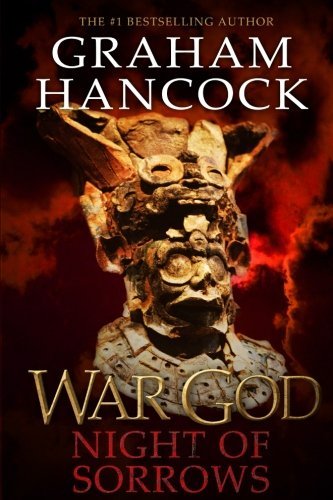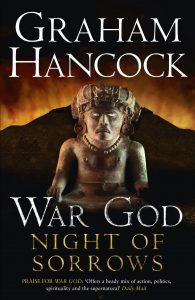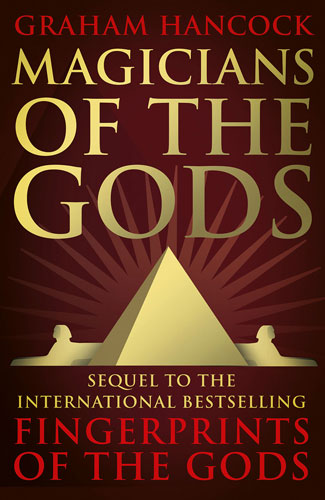Ancient news stories
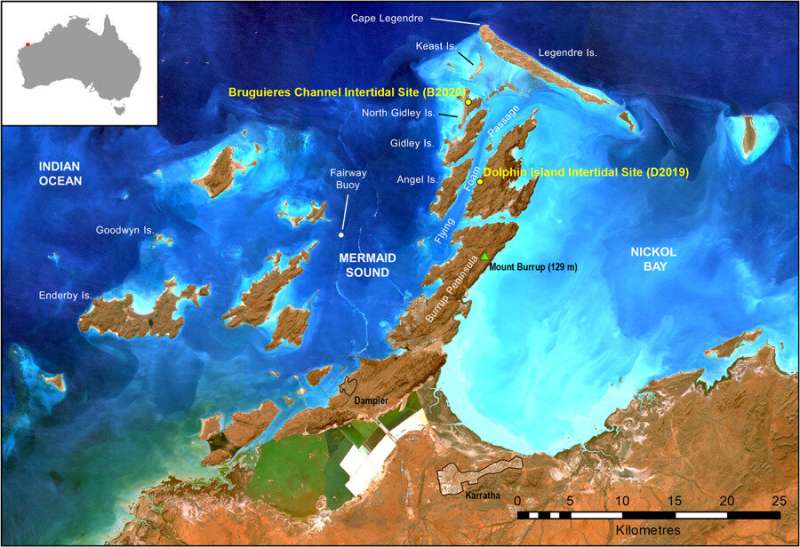
“It remains untested how old the artifacts are—they could be 200 years old, 2,000 years old or 20,000 years old—it is completely unknown at this stage,”
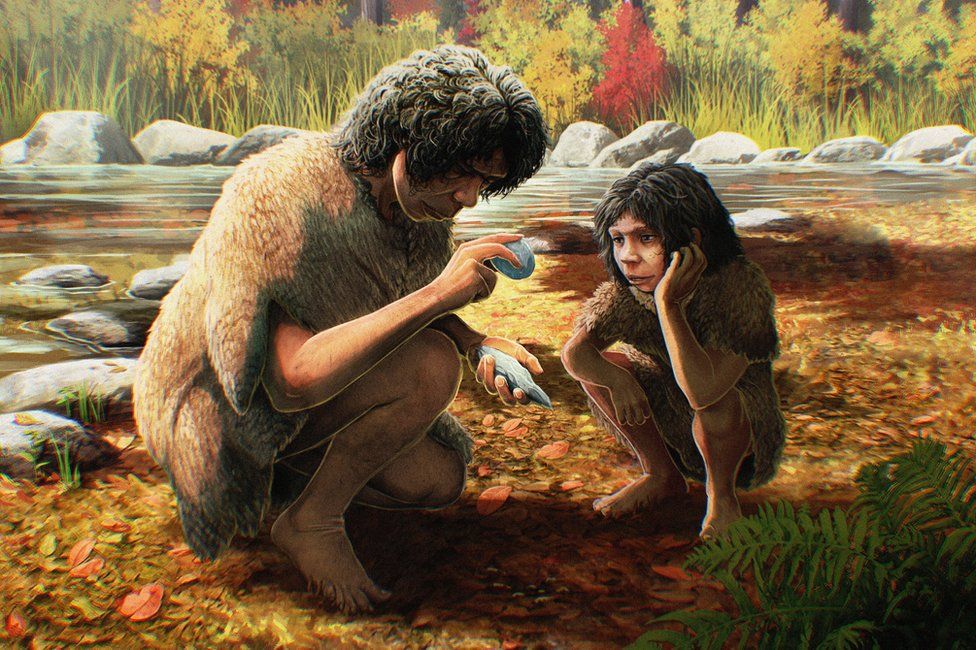
Kent was home to some of Britain’s earliest humans, according to the latest research. Homo heidelbergensis, an ancestor of Neanderthals, occupied the area around what is now Canterbury between 560,000 and 620,000 years ago.
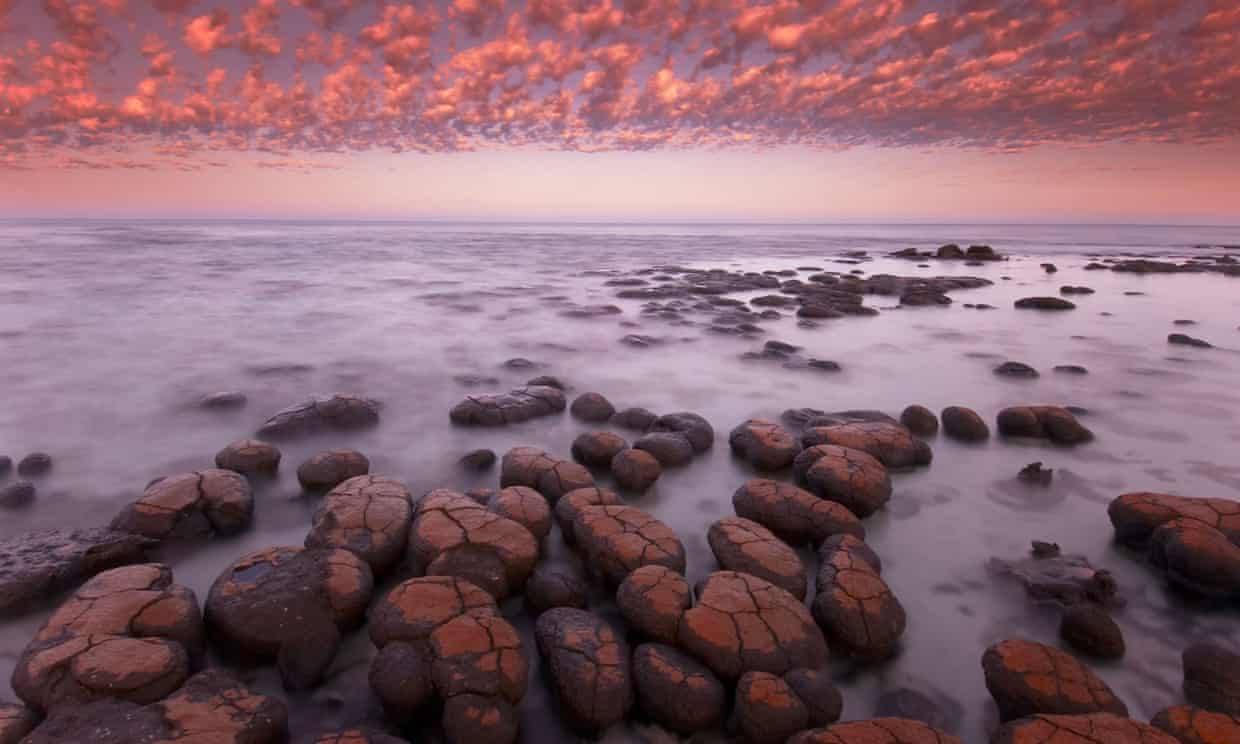
The Sun shone 20% less brightly on early Earth, and yet fossil evidence shows that our planet had warm shallow seas where stromatolites – microbial mats – thrived.
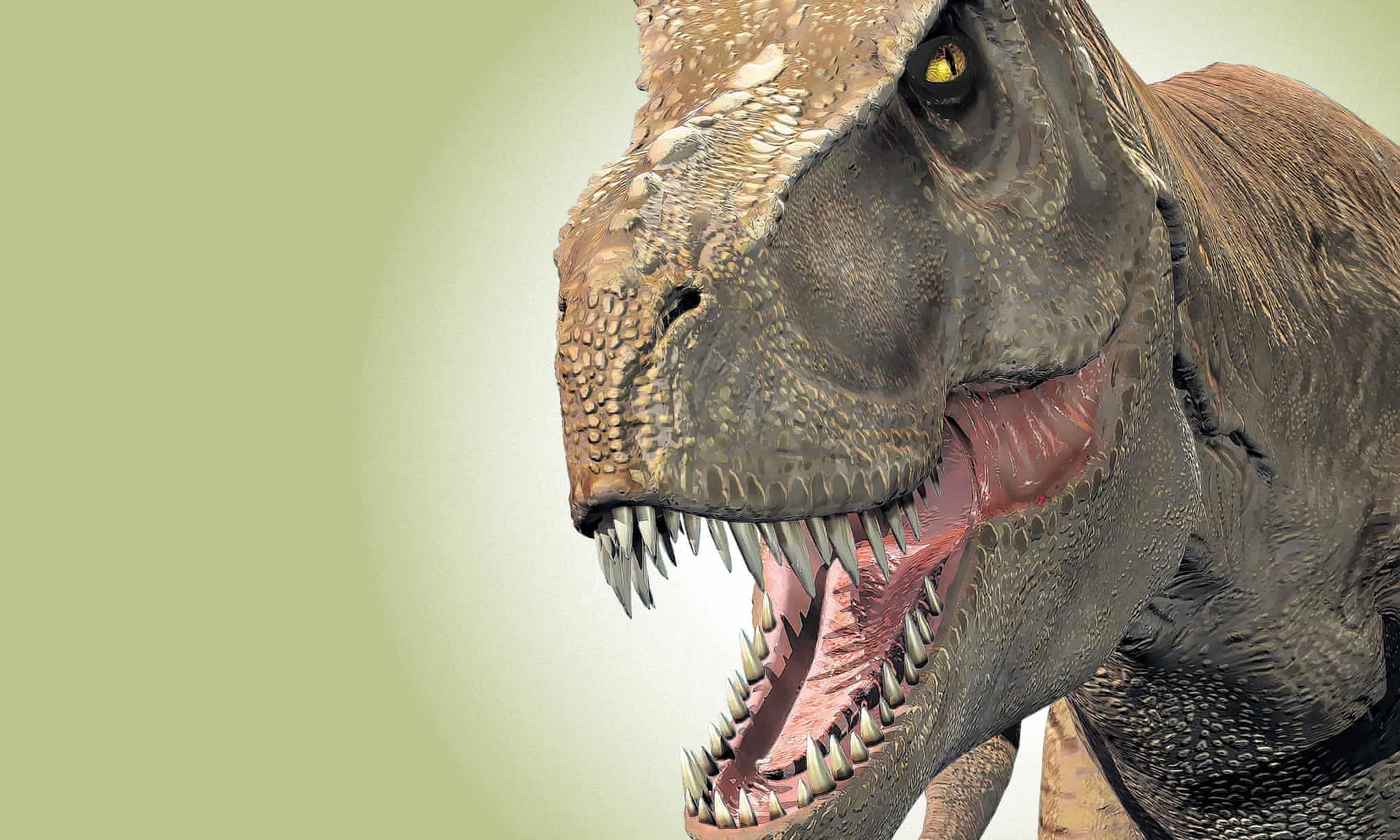
What Alida Bailleul saw through the microscope made no sense. She was examining thin sections of fossilised skull from a young hadrosaur, a duck-billed, plant-eating beast that roamed what is now Montana 75m years ago, when she spotted features that made her draw a breath.
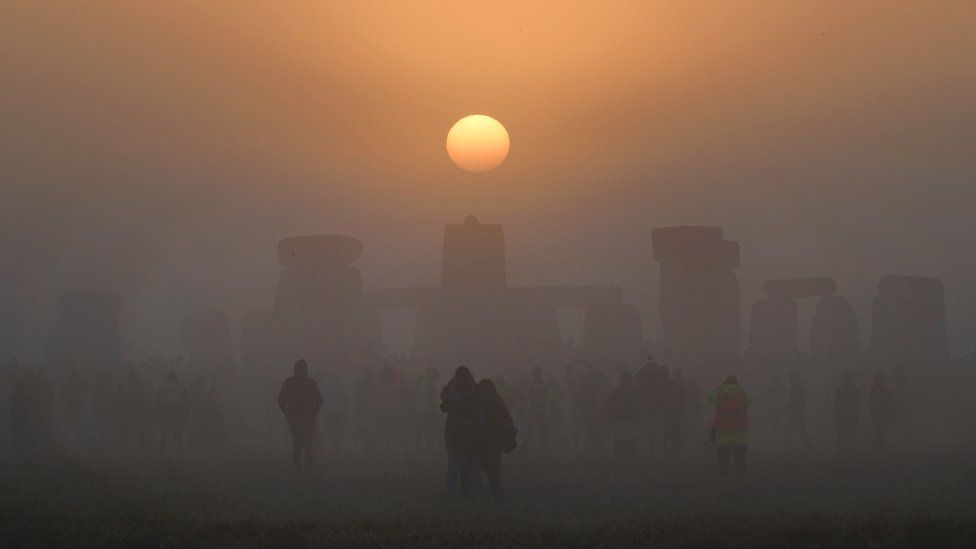
More than 6,000 people have gathered to watch the sunrise at Stonehenge for the summer solstice. It is the first time since the pandemic that the stone circles in Salisbury and Avebury have been open to the public for the event.
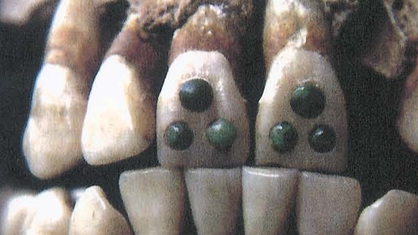
The ancient Maya enjoyed filling their teeth with gemstones. A new study reveals how the procedure was done and how it didn’t kill them.
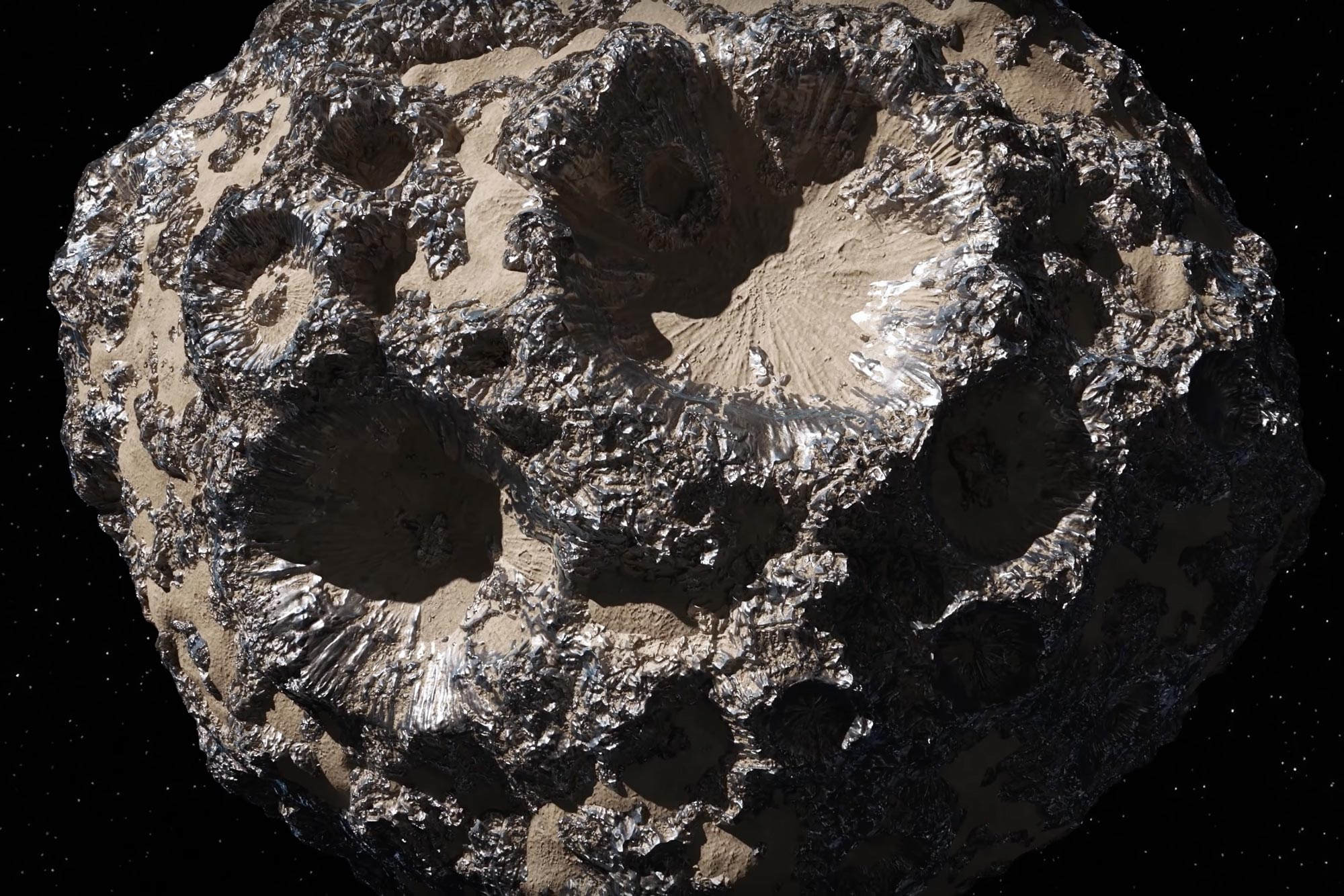
The varied surface of asteroid Psyche suggests a dynamic history, which could include metallic eruptions, asteroid-shaking impacts, and a lost rocky mantle.

Items found during an archaeological dig near Stornoway have revealed people lived there thousands of years earlier than previously thought.
Image from: Maximilian Dörrbecker (Chumwa) (Wiki Commons)
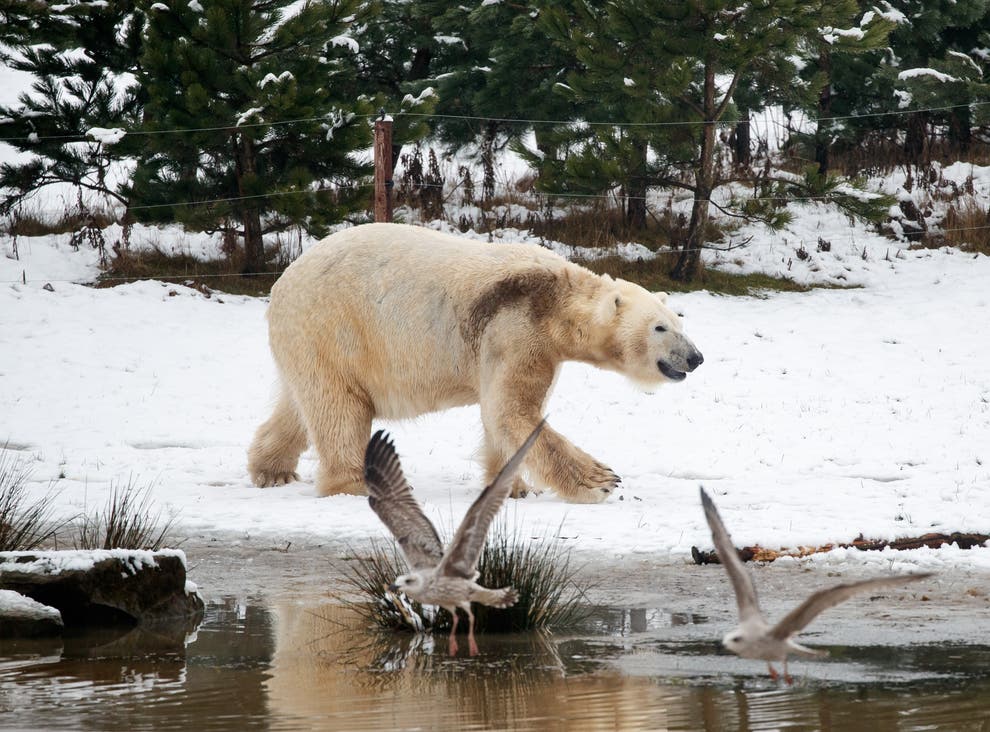
All brown bears today have some polar bear ancestry due to genetic mixing more than 100,000 years ago.

Embryonic and fossil evidence proves that the human middle ear evolved from the spiracle of fishes. However, the origin of the vertebrate spiracle has long been an unsolved mystery in vertebrate evolution.

Mastering fire cleared the way into whole new worlds for early humans – from accessing more nutrients through cooking (fueling an increase in brain size), to making the dark hours useful, and surviving migrations into harsher climates.
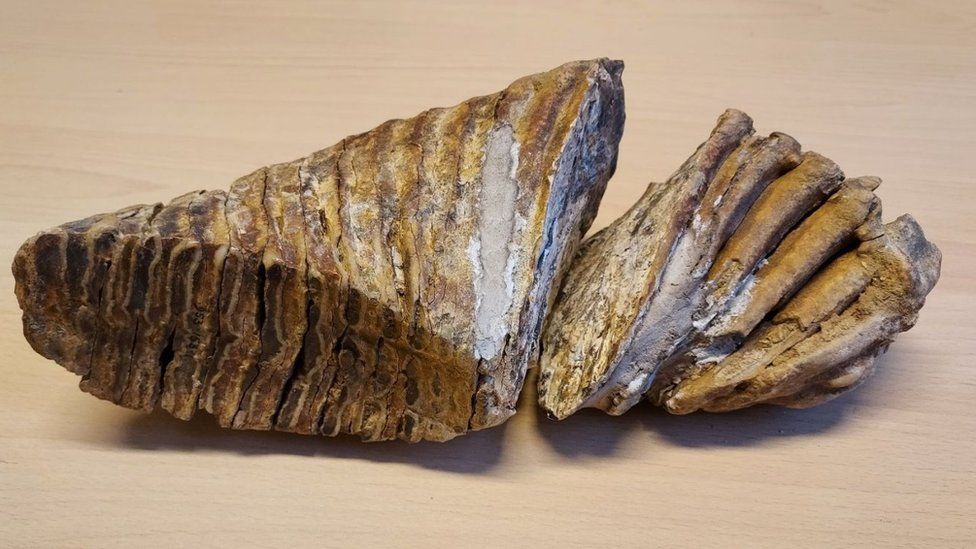
Mammoth teeth dating from 200,000 years ago are to be tested in the hope DNA samples can be found to reveal more about the creatures.
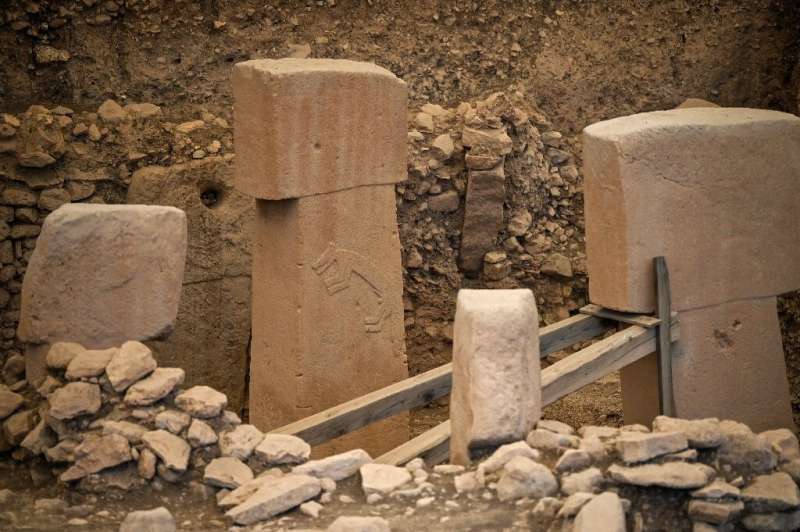
On a sun-blasted hillside in southeast Turkey, the world’s oldest known religious sanctuary is slowly giving up its secrets.

The Wallacean islands have always been separated from Asia and Oceania by deep-sea waters. Yet, these tropical islands were a corridor for modern humans migrating into the Pleistocene Australia-New Guinea landmass (Sahul) and have been home to modern human groups for at least 47,000 years.
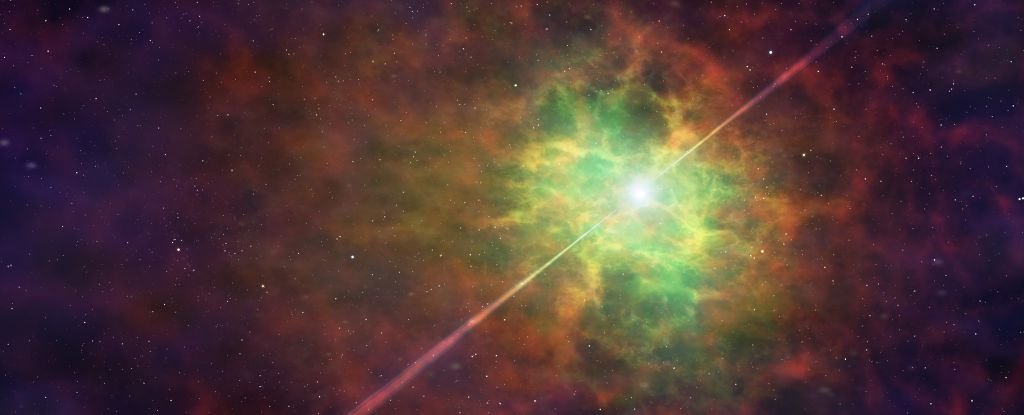
A new member of a category of star so rare we can count the known number of them on our fingers and toes has just been discovered in the Milky Way.

“In the history of our species, a number of civilians have practiced or allowed human sacrifice including the sacrifice of children,” he said.
“The Carthaginians, the Mesopotamians, the Incas, the Aztecs,” he listed.
“Will we be recorded as such as society that accepts the sacrifice of innocence?”
Image from Wiki Commons





